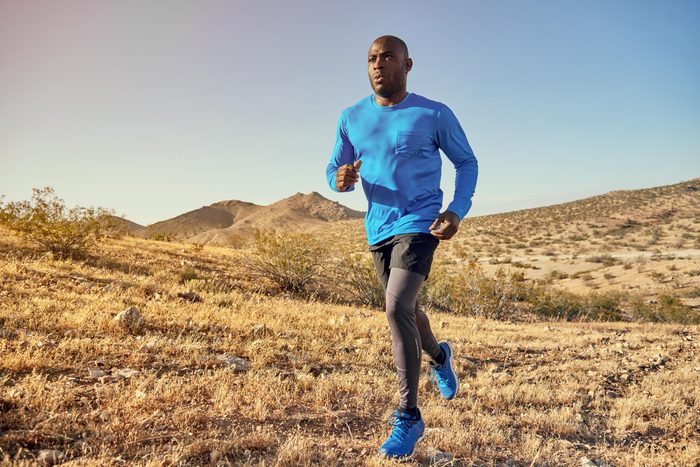New Study: Here’s What Happens to Your Heart on a Hot Day
Updated: Sep. 08, 2023

Recent Penn State research reveals the silent cardiovascular risks that can emerge in the face of a warming climate.
A new study by the Penn State University Human Environmental Age Thresholds (PSU HEAT) project, published July 2023 in the peer-reviewed Journal of Applied Physiology, uncovers the surprising impact of heat stress on heart health—especially in younger adults, revealing that heat stress kicks in under milder conditions and with less physical activity than previously thought.
Cardiovascular risks from heat stress
The researchers, led by Rachel Cottle, PhD candidate in exercise physiology at PSU, set out to determine the specific environmental conditions—temperature and humidity—that initiate a chain of physiological changes known as cardiovascular drift, characterized by a steady increase in heart rate during heat stress. Additionally, they sought to compare these conditions with those that cause a rise in core body temperature.
Fifty-one healthy young participants with an average age of 23 were subjected to incrementally escalating heat and humidity levels. At the same time, they engaged in low-energy activities similar to a casual walk.
The findings were startling. An increase in heart rate was triggered at significantly lower temperature and humidity levels than those causing a rise in core body temperature. Under humid conditions, participants walking at a leisurely pace began experiencing cardiovascular strain when the temperature reached 93.2 degrees Fahrenheit. When conditions were dry, the same strain did not set in until the temperature climbed to 105.8 degrees Fahrenheit.
Notably, this strain kicked in roughly 20 minutes prior to any observed increase in the participants’ core body temperatures. This implies that the heart starts working harder earlier than expected, even before the body shows signs of heat stress.
Cottle explained in an interview with Nature, a peer-reviewed international journal: “If all of a sudden you notice your heart rate going up quickly and progressively, then that might mean that your core temperature will start to rise. That’s when you need to take precautionary measures.”
If You’re on This Medication, Doctors Say You May Be More Vulnerable to Heat Waves
The physiology behind heat stress
The Cleveland Clinic explains that our hearts are pivotal in regulating our body’s core temperature, which becomes particularly demanding in the summer heat. The challenge intensifies during physical exertion. For every degree that the body’s internal temperature goes up, the heart rate jumps by about 10 beats per minute, leading to a sharp increase in cardiovascular stress.
The body’s two primary cooling mechanisms in high heat—sweating and releasing warmth—can exacerbate this cardiovascular strain. The heart may need to beat faster and pump harder, potentially moving two to four times as much blood per minute compared to cooler conditions.
Most Heart Attacks Happen on This Day of the Week, Says New Study
Mitigating the cardiovascular impact of heat stress
Exercise physiologist Michael Crawford, MS, of the Cleveland Clinic, provides some practical advice on the Clinic’s Health Essentials blog to offset heat stress effects. He recommends being mindful of your pace on hot, humid days and dialing back on the intensity of your activities. Specifically, if the temperature is above 80 degrees and humidity exceeds 80%, consider rescheduling your exercise until the weather cools.
Proper hydration is vital, particularly for workouts longer than 30 minutes. Ensure you consume eight to 12 ounces of water about 20 to 30 minutes before you start, and continue to drink an additional six to 12 ounces for each half-hour of activity. This routine helps stave off dehydration.
Regarding attire, it’s essential to wear clothing that supports your body’s cooling mechanisms. Strictly avoid attire that inhibits sweat evaporation, like rubber suits or long-sleeved sweat suits. Choose loose, cotton clothing that lets the skin breathe, such as T-shirts and shorts, and don a brimmed hat when you’re exercising outdoors.
As the world battles with climate change, prioritizing protection against the cardiovascular risks of heat stress is a critical public health concern. The revelations from the PSU HEAT project spotlight the need for proactive strategies to confront the cardiovascular challenges presented by rising global temperatures.
For more wellness updates, subscribe to The Healthy @Reader’s Digest newsletter and follow The Healthy on Facebook and Instagram. Keep reading:


















